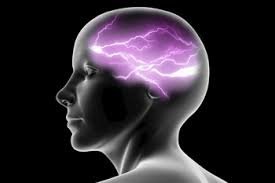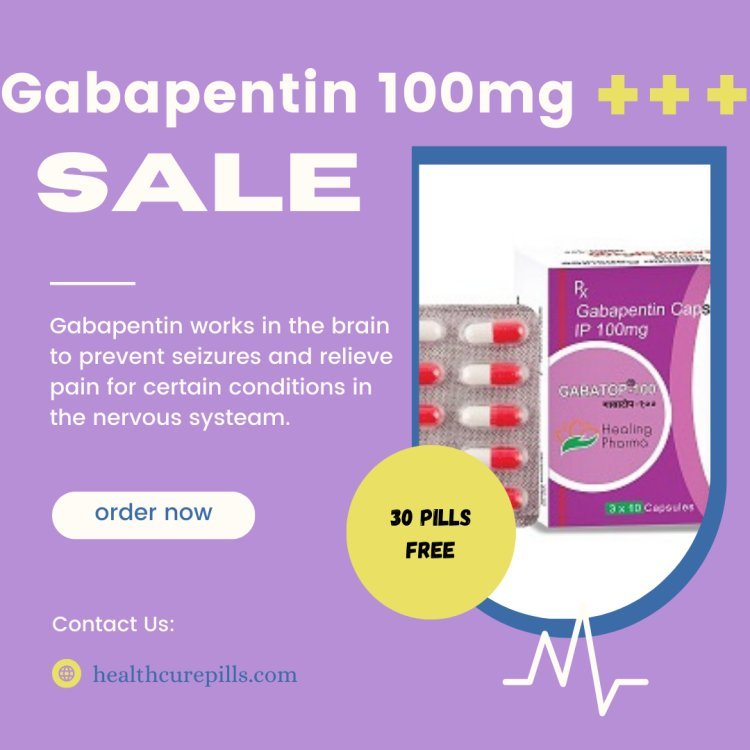Practical Tips for Using Gabapentin 100mg and 800mg in Epilepsy Treatment
Let's talk Gabapentin! This article is your go-to guide for using Gabapentin in the treatment of epilepsy, because managing seizures should be as smooth as a fresh jar of peanut butter.

Introduction to Gabapentin in Epilepsy Treatment
Let's talk Gabapentin! This article is your go-to guide for using Gabapentin in the treatment of epilepsy, because managing seizures should be as smooth as a fresh jar of peanut butter.
Overview of Gabapentin as an Antiepileptic Drug
Gabapentin is like a peacekeeper in the brain, helping to calm down the electrical chaos that causes seizures. It’s known as an antiepileptic drug, or AED for short, and it plays a crucial role in managing epilepsy.
Historical Context and Development of Gabapentin for Epilepsy
Gabapentin didn’t just show up fashionably late to the epilepsy party. It has a backstory - developed in the late '70s, it went through some trials and tribulations before earning its stripes as a reliable treatment option for epilepsy.
Understanding the Role of Gabapentin 100mg and 800mg in Seizure Management
Now let’s dive into the Gabapentin dosage world. Whether you’re rocking 100mg or 800mg, these pills are like the dynamic duo in your epilepsy-fighting squad.
Mechanism of Action of Gabapentin in Controlling Seizures
Gabapentin doesn’t play games when it comes to seizures. It swoops in and tinkers with the way nerve cells communicate, putting a lid on those erratic electrical signals that trigger seizures.
Differences and Indications for Gabapentin 100mg vs. 800mg
100mg or 800mg? It’s not just a numbers game. The dose you need depends on factors like your seizure frequency, tolerance, and overall response. It’s like choosing between a cute mini cupcake or the whole cake - both delicious, just different portions.
Dosage Guidelines and Administration of Gabapentin
Time to get down to the nitty-gritty of Gabapentin dosing. It’s not just about popping pills - it’s about finding that sweet spot for optimal seizure control.
Initial Dosage Titration and Adjustment for Gabapentin Therapy
Starting low and going slow is the Gabapentin way. Your doctor will likely begin with a conservative dose and gradually adjust it based on how your body responds. It’s like Goldilocks finding the ‘just right’ porridge, but with pills.
Tips for Proper Administration and Timing of Gabapentin Doses
Consistency is key when it comes to taking Gabapentin. Whether you’re a morning pill-popper or a night owl doser, establishing a routine and sticking to it can help maximize the drug’s effectiveness. It’s like creating your own Gabapentin ritual - just without the chanting.
Monitoring and Managing Side Effects of Gabapentin
Side effects are like the annoying party crashers of medication. But fear not, we’ve got tips to help you handle those pesky Gabapentin side effects like a pro.
Common Side Effects Associated with Gabapentin Use
From dizziness to drowsiness, Gabapentin can sometimes bring along unwanted tag-alongs. Knowing what to expect can help you navigate these side effects like a seasoned sailor on rough seas.
Strategies for Minimizing and Addressing Gabapentin Side Effects
Nobody likes unwelcome guests overstaying their welcome. We’ve got tricks up our sleeves to help minimize Gabapentin side effects, like staying hydrated, getting enough rest, and maybe throwing in a sprinkle of fairy dust for good measure. It’s all about finding that balance in the Gabapentin side effect tango.
Combining Gabapentin with Other Epilepsy Medications
Overview of Drug Interactions and Combinations with Gabapentin
When it comes to using Gabapentin alongside other epilepsy medications, it's crucial to be aware of potential drug interactions. Combining Gabapentin with certain drugs like opioids or central nervous system depressants may increase the risk of side effects. Consulting with a healthcare provider before adding Gabapentin to your treatment regimen is essential to ensure safe and effective use.
Guidelines for Safely Incorporating Gabapentin into a Multidrug Regimen
To safely integrate Gabapentin into a multidrug epilepsy treatment plan, communication with your healthcare team is key. They can provide guidance on dosages, potential interactions, and monitoring for any adverse effects. Collaborating with your healthcare provider will help optimize the effectiveness of Gabapentin while minimizing risks associated with polypharmacy.
Long-term Considerations and Effectiveness of Gabapentin
Assessing Long-term Efficacy and Tolerance of Gabapentin
As you continue Gabapentin therapy, it's important to assess its long-term efficacy and how well your body tolerates the medication. Monitoring seizure frequency, side effects, and overall quality of life can help determine if Gabapentin remains an appropriate treatment option for your epilepsy.
Implications for Treatment Continuation or Modification Based on Long-term Outcomes
Based on the long-term outcomes of Gabapentin therapy, your healthcare provider may recommend continuing with the current regimen, adjusting the dosage, or exploring alternative treatment options. Open communication with your healthcare team about your experiences and any concerns can guide decisions to optimize your epilepsy management.
Patient Education and Compliance Strategies for Gabapentin Therapy
Importance of Patient Education on Gabapentin Therapy and Epilepsy Management
Understanding the role of Gabapentin in your epilepsy treatment and being informed about potential side effects can empower you to actively participate in your care. Educating yourself about Gabapentin and epilepsy management will enhance your ability to make informed decisions and communicate effectively with your healthcare provider.
Strategies to Improve Patient Adherence and Compliance with Gabapentin Treatment
Maintaining adherence to your Gabapentin therapy schedule is crucial for its effectiveness. Establishing routines, using pill organizers, setting reminders, and addressing any barriers to adherence can help enhance compliance with your treatment plan. Communicating openly with your healthcare provider about any challenges can lead to tailored solutions for improving adherence.
Conclusion: Optimizing Epilepsy Treatment with Gabapentin
In conclusion, optimizing epilepsy treatment with Gabapentin involves thoughtful consideration of drug interactions, long-term outcomes, patient education, and adherence strategies. By working closely with your healthcare provider, staying informed, and actively engaging in your treatment plan, you can maximize the benefits of Gabapentin therapy in managing your epilepsy effectively.
What's Your Reaction?












![Blog Submission Sites 2024 [High DA]](https://blognow.co.in/uploads/images/202306/image_100x75_6494a03eaff5e.jpg)
![Article Submission Sites 2023 [High DA & PA]](https://blognow.co.in/uploads/images/202307/image_100x75_64c4181f17036.jpg)
![Classified Submission Sites 2023 [High DA & PR]](https://blognow.co.in/uploads/images/202306/image_100x75_649dcd5260808.jpg)




![Article Submission Sites 2023 [High DA & PA]](https://blognow.co.in/uploads/images/202307/image_750x415_64c4181f08ed5.jpg)
![Classified Submission Sites 2023 [High DA & PR]](https://blognow.co.in/uploads/images/202306/image_750x415_649dcd5247eeb.jpg)
![Blog Submission Sites 2024 [High DA]](https://blognow.co.in/uploads/images/202306/image_750x415_6494a03e96bfa.jpg)
